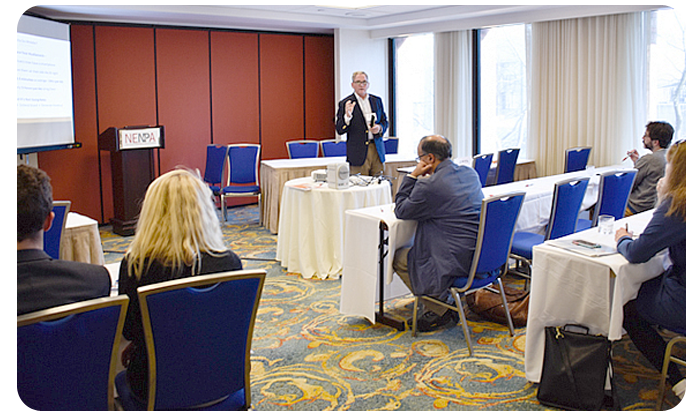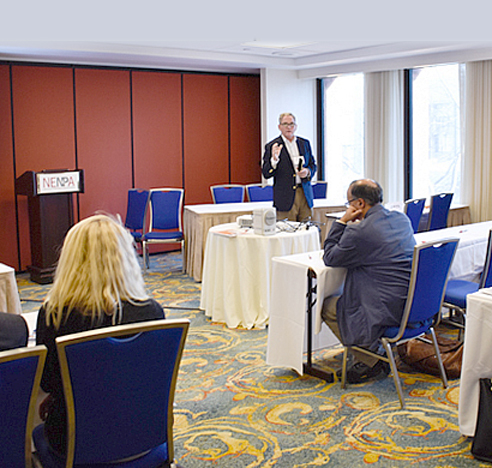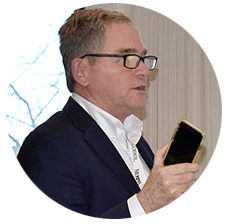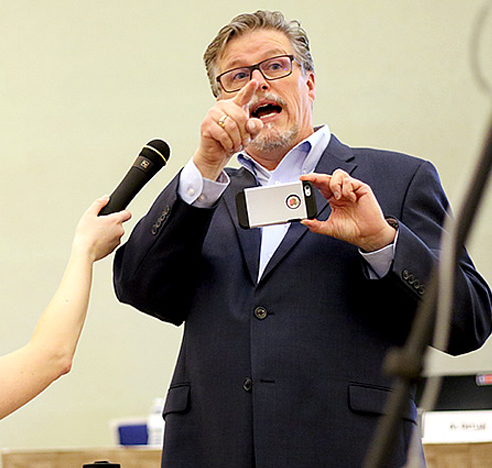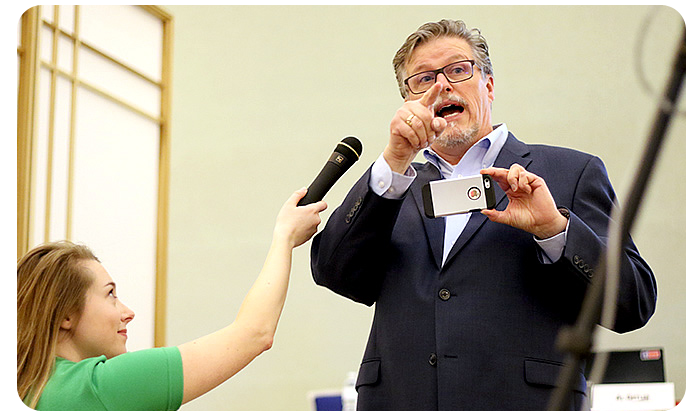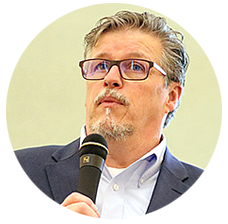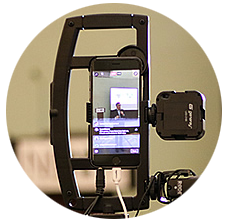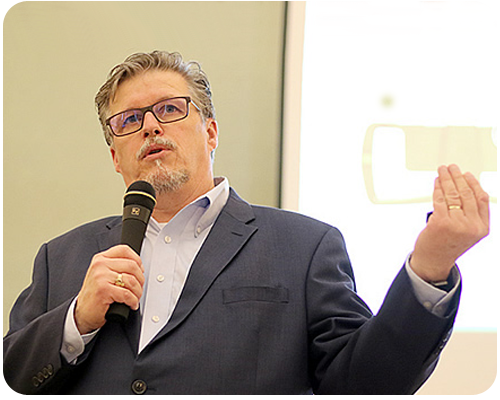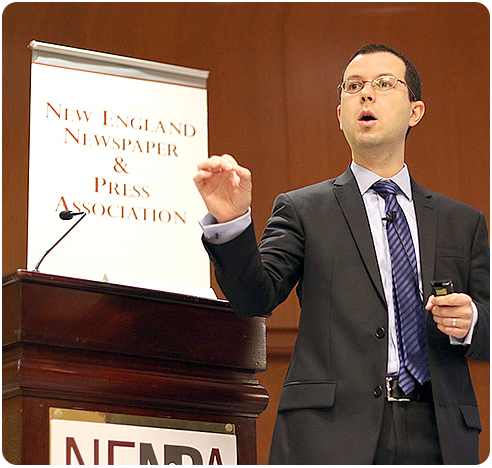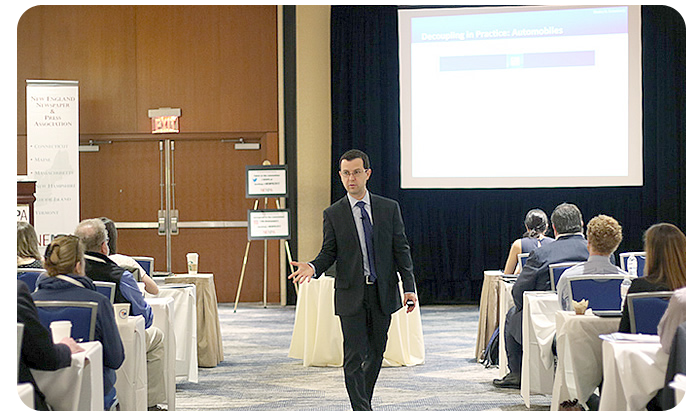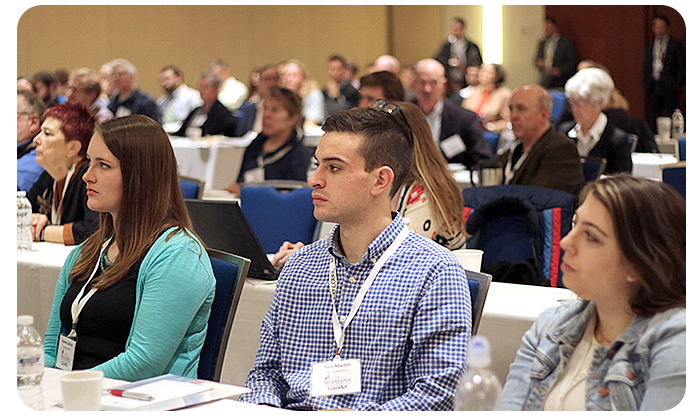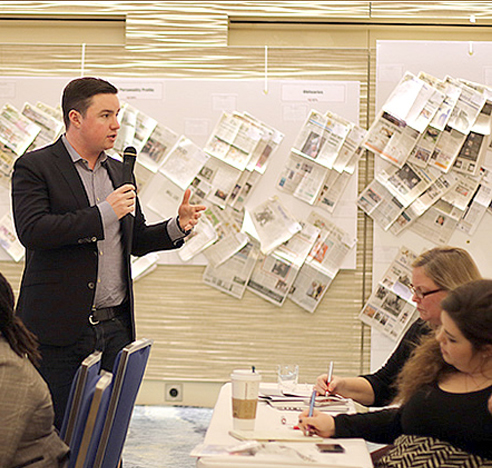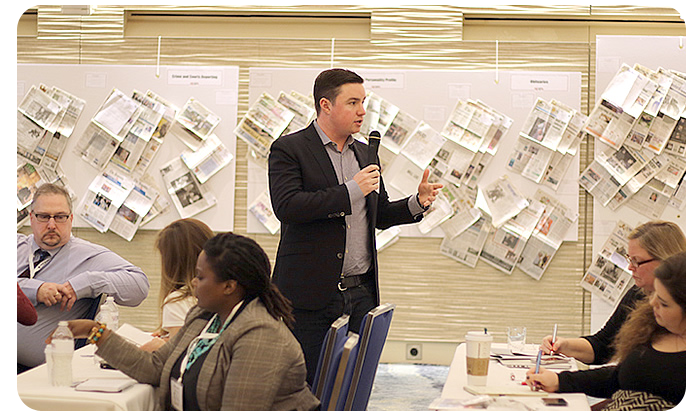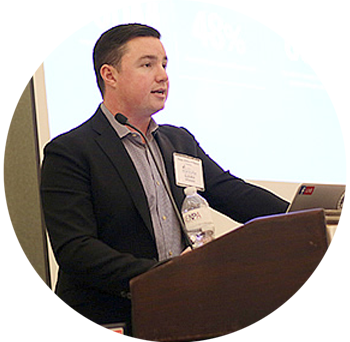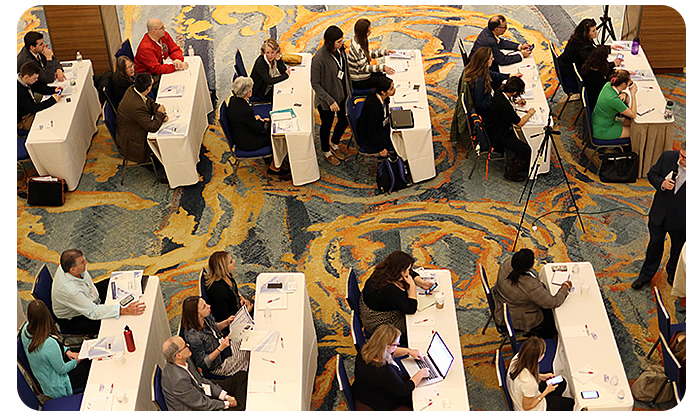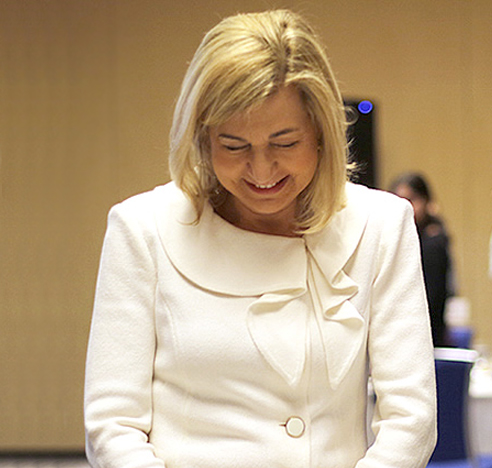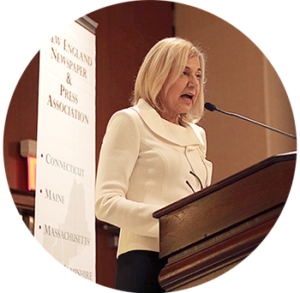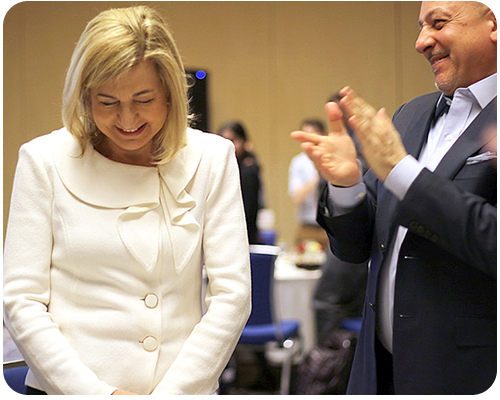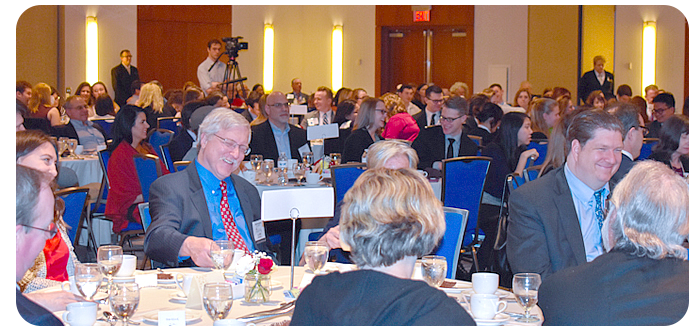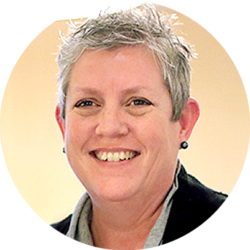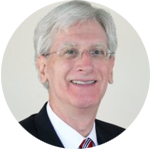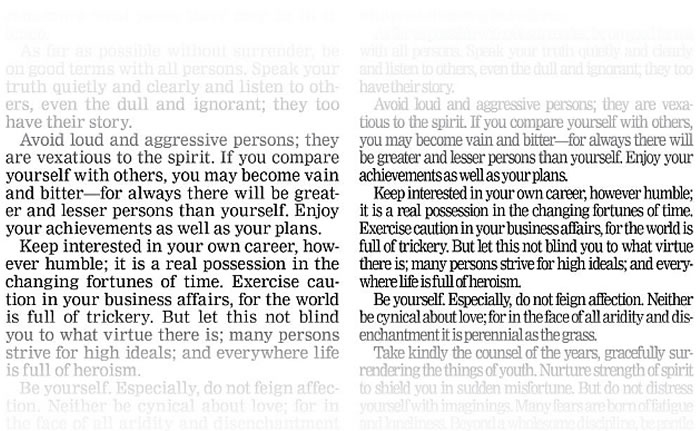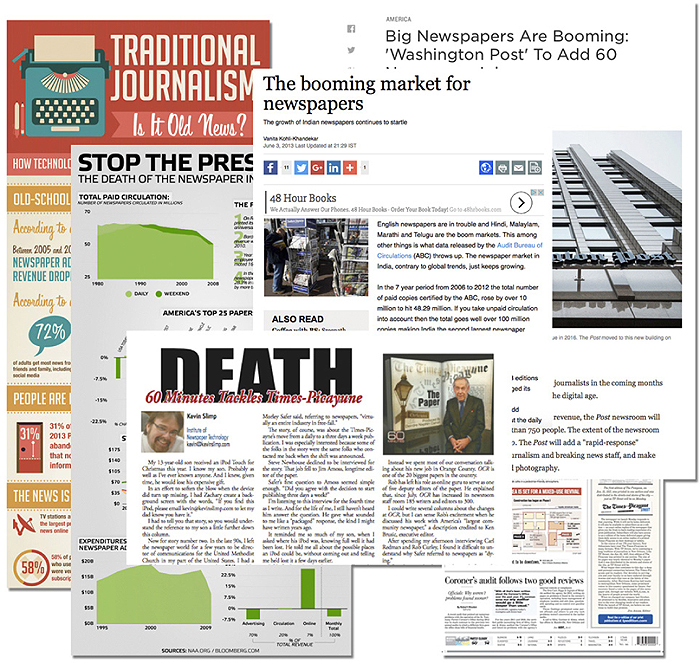By Morgan Mapstone,
Bulletin Correspondent
Mobile forms of communication are not going away anytime soon.
So Lee Little’s “Mobile landscape for publishers” presentation at the New England Newspaper and Press Association winter convention explored the benefits that mobile forms of publication have in reaching a growing audience, and how to help achieve those benefits.
The presentation, held Friday, Feb. 24, at the Boston Marriott Long Wharf hotel, encouraged the audience of a dozen people to consider mobile applications and their special features as the main medium for their publishing. Little, founder and chief executive officer of Bar-Z Mobile De-velopment of Austin, Texas, has experienced the benefits of going mobile.
“Local newspapers are best served (by) mobile” Little said. “It’s where the audience is.”
Little said 81 percent of Americans have smartphones, with the common user checking his or her phone every six and a half minutes on average. Ninety percent of the time users spend on a mobile device is spent using mobile applications.
Because a majority of users get their news on screens, it is necessary to publish quality content. A good general screen appearance and proper marketing and monetizing is also crucial to that content’s success. To properly achieve that, Little suggests using two critical forms of mobile publication:
- Responsive design websites — websites designed to fit the screen of the device. Com-pared to a regular mobile website, responsive design websites automatically switch to accom-modate for the resolution, image size and scripting abilities of the device, allowing for a better user experience.
- Native apps — mobile applications developed for a particular platform or device, such as iPhones. A user downloads the application from an app store on his or her device, and the ap-plication’s software compatibility provides for fast performance and high reliability.
Native apps, although more expensive to develop, are the best, Little said.
Little took the audience through several examples of apps created to cater to unique audiences. Those specialty apps are mostly city or community portal apps, on which readers can download and learn about the food, travel and leisure options of a specific locale. Many portal apps in-clude secondary sections for sponsors of the application to advertise their content.
“Including sponsors in community portals is a great way of keeping them from developing their own app,” Little said.
To increase the frequency of audience engagement on such apps, features such as coupon of-fers, social media-sharing capabilities and interactive polls can be used.
Little said the most effective tools are iBeacons paired with push notifications.
iBeacons are small devices placed in local areas such as shopping malls or other public venues in a community. When the GPS tracking in a mobile device comes within range of an iBeacon, it triggers content to appear on the device, commonly in the form of push notifications that engage with a mobile user.
It is beneficial to keep the content provided in those push notifications relevant to the user. Keeping the subscriber from becoming irritated or disengaged with the content being presented is crucial, Little said. That means updating the content regularly.
“If you have consumers using mobile, they don’t want to look at the same content all day,” Little said.
When using mobile tools to reach new audiences, evaluating the progress of those interactions is key. Little advised taking a trial-and-error approach to mobile publishing as the best way to extend a publishing brand.
The most important thing is improving on prior models of content presentation, Little said.
“You have to look at what you have and ask what is a natural way to go about relaying that,” he said. “You look at version 1.0, version 2.0, and then version 3.0.”
